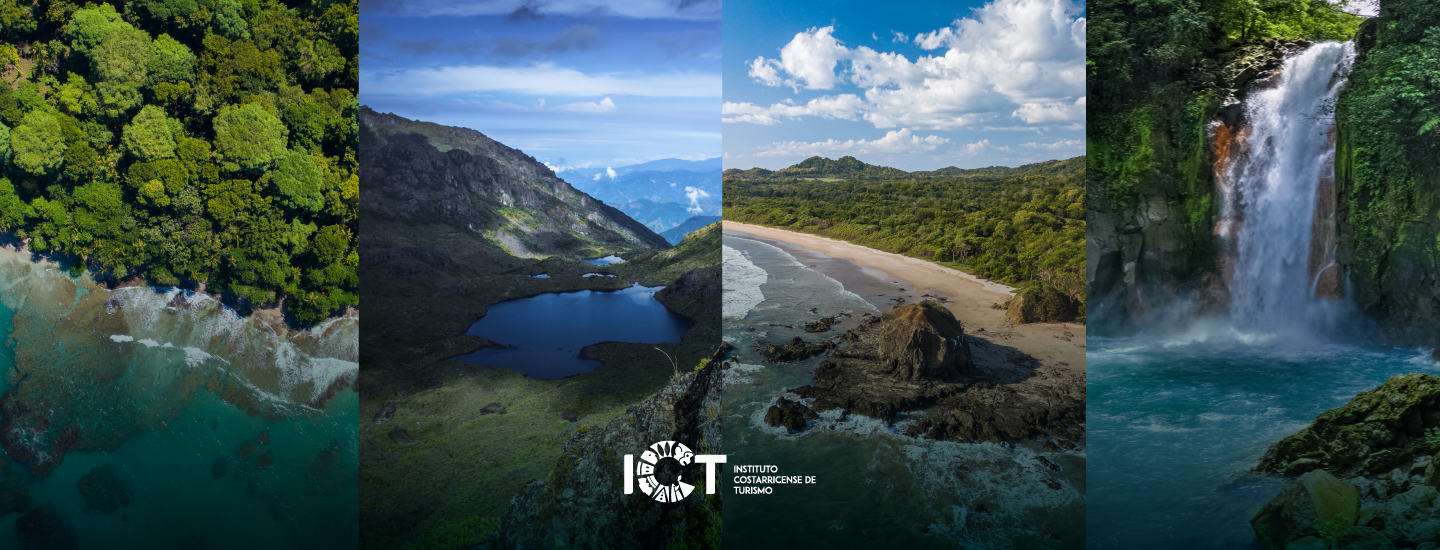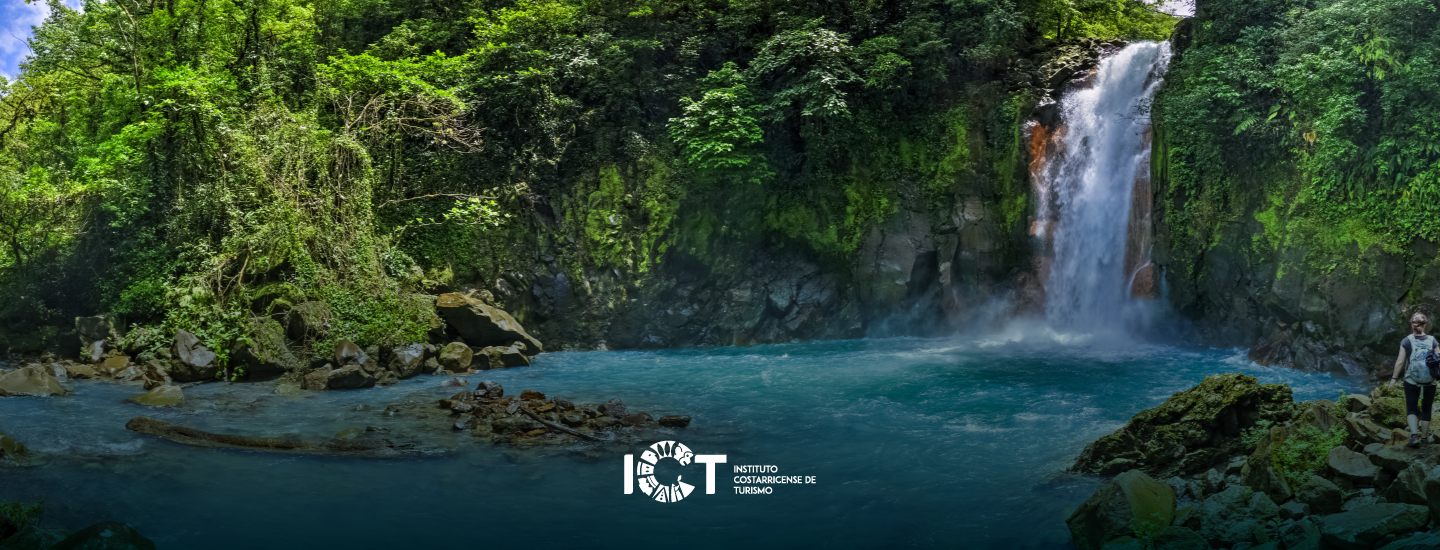Land borders to open April 5 for tourism
- Land routes will allow tourists on long stays to combine the attractions of Costa Rica with those of neighboring countries.
- First phase of opening will allow tourists to enter who do not require a visa; they must comply with the same public health requirements as tourists entering by sea or air.
- Minister insists on respect for biosafety protocols to prevent infections of the Sars-CoV-2 virus while supporting the economic reactivation.
Tuesday, March 23, 2021. Following the end of Holy Week on April 5, Costa Rica will open its land borders to tourism. Interested individuals must comply with the immigration and public health requirements set out for entering and remaining in Costa Rica.
The announcement was made Tuesday by Gustavo J. Segura Sancho, Minister of Tourism, in a press conference in the Presidential Palace.
Segura noted the importance of opening the land border for the country’s tourism industry, which has been the most affected by the pandemic.
“Many European tourists who visit Costa Rica are interested in a multi-destination experience, combining the attractions of our country with those of neighboring countries like Nicaragua and Panama,” Segura explained. “We have several binational corridors, such as between La Cruz and San Juan del Sur, Los Chiles and Lake Nicaragua, Puerto Viejo and Bocas del Toro and the Golfito and Canoas region with the province of Chiriquí in Panama.”
In 2019, prior to the pandemic, 5,285 European tourists entered Costa Rica by land, with Germans making up one fifth of the total (1,158). In the same year, 5,860 North American nationals entered by land.
Segura went on to cite figures from the Costa Rican Chamber of Health, indicating that prior to the pandemic, over 1,500 people crossed the country’s land border each year to invest in medical treatment, spending some $20 million in the country.
The country will allow entry by tourists from groups one and two in the general guidelines for entry visas and stays by non-residents, who do not require a visa. Those belonging to nationalities in groups three and four, who do require a visa, may visit Costa Rica when the country’s consulates begin handling applications at a date to be determined.
Tourists can check whether they can enter without a visa at the following link: https://migracion.go.cr/Paginas/Visas.aspx, which contains the guidelines from the Directorate of Immigration and Foreigners.
The obligatory health measures due to the pandemic are as follows:
- Complete the online epidemiological form called the Health Pass: https://salud.go.cr/
- Acquire health insurance that provides the following coverages:
- Valid for the entire stay (coverage dates)
- 50,000 USD for medical expenses, including COVID-19
- 2,000 USD for lodging expenses in the event of COVID-19 quarantine
This announcement was accompanied by a change in the rules for land arrivals, eliminating the public health order requiring Costa Ricans and residents to undergo quarantine after arriving by land.
The epidemiological form must be validated in advance by the Ministry of Health, with support from the Costa Rican Tourism Board, which will review the health insurance portion as it has been doing for tourists arriving by air and sea. Once the person has completed these steps, they will obtain a QR code to be verified by immigration authorities at the border, who will also check that the tourist has a return ticket or has booked travel out of the country. Tourists must also demonstrate financial resources (US$100.00 per month of tourism) and have a valid passport in good condition.
Segura reiterated the critical importance of strictly observing biosafety protocols, both by business owners and local and international tourists, in order to maintain the reopening that is currently underway. “Only by doing so will we be able to resolve the serious problems of unemployment that Costa Rica is experiencing due to the pandemic,” Segura noted.
The opening of the land border, which closed to tourism in March 2020, comes after the opening of the air and sea borders that began gradually last August until both were fully reopened last November.
The mixed group of immigrants seeking to enter from Panama remains unauthorized to enter Costa Rica, meaning that these people must remain in the shelters provided to them in Panama. However, the entry of Nicaraguan nationals under the Health Bubbles program will continue under the coordination of immigration authorities as it has since last year.

